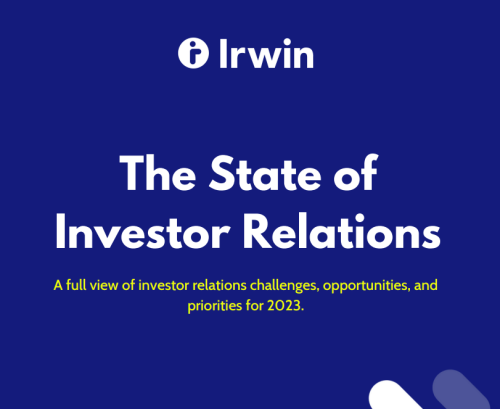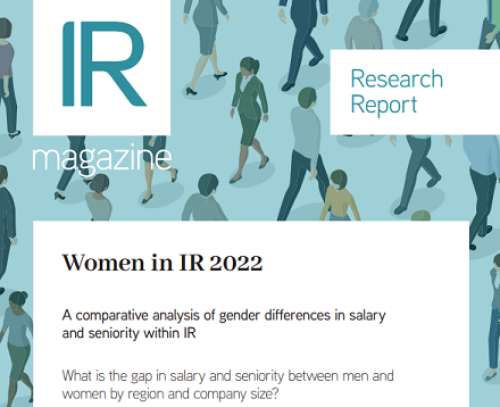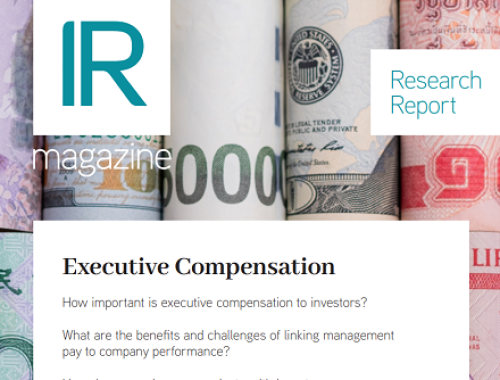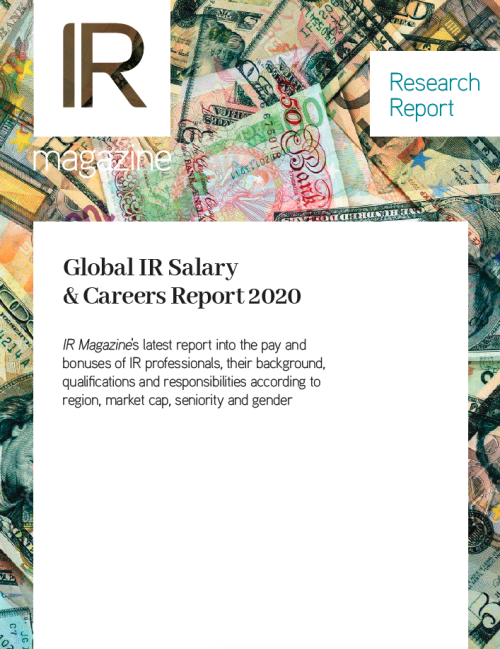IR professionals say knowledge of charting techniques boosts relationships with investors and management
While not considered a core competency of investor relations, technical analysis is proving a useful tool for IROs for building relationships both internally and externally.
The study of chart patterns might seem a distraction for professionals who spend their days pushing company fundamentals, but IROs report there is plenty of value to be had from knowing your ‘double tops’ from your ‘Japanese candlesticks’.
Paul Surdez, vice president and head of IR at Covance, says a module on technical analysis in his MBA course has improved his rapport with investors.
‘I found that when I was talking to investors it helped me build a relationship,’ he explains. ‘All the portfolio managers and analysts are incredibly detailed at fundamental analysis, but technical analysis to them is something they typically haven’t learned and it just made for good conversation.’
There was one piece of charting in particular that helped Surdez position himself as a good source of knowledge for the buy side.
In 2008, when all the analysts were freaking out over the collapse of Lehman Brothers, Surdez indulged his interest in technical data by drawing a chart of the Dow going back 60 or 70 years. Surdez says he can’t remember if he did it out of worry or just for ‘giggles’.
‘I came up with 6,000 as where it would bottom out after Lehman – and it came within 600 points of that,’ he recalls. ‘People kind of remembered that and would call me up and ask, What do you think of the Dow? Where do you think it’s going?’
‘It was just based on what my professor taught me – it was nothing novel. What I joke about with everyone is to say that it’s 51 percent accurate, so there’s a 49 percent chance it would never have happened that way.’
Mary Jensen, vice president of IR at Douglas Emmett, says technical analysis has helped her talk management through the choppy markets of recent weeks. ‘Technical trading analysis has become another hat an IRO must wear,’ she says in an email. ‘You can’t control the markets, but you can understand them better and communicate that to management.’
Jensen says she began by teaching herself about technical analysis. But, like Surdez, it was an MBA that took her knowledge to the next level.
‘I am currently obtaining my MBA, so the statistical part of the program really brought it together,’ she explains. ‘There is a class at UCLA I really want to take, which is taught by a stellar statistician. He focuses on IR and statistical thinking – his name is Stephen Minihan of Financial West Group.’
Surdez also finds himself discussing technical analysis internally. ‘It’s usually the more simple indicators – resistance, support – and in October 2008 it helped show where the bottom might be,’ he observes. ‘Management doesn’t put much credence in it – it more makes for interesting conversation.’
NIRI recommends IROs have at least some knowledge of technical analysis. Matt Brusch, a spokesperson for the association, says it’s an area IR professionals should be aware of due to its impact on trading. ‘The University of Michigan/NIRI program discusses it generally, as does NIRI’s capital markets seminar, but not in great depth,’ he notes in an email.
The bible for technical analysis, according to Surdez, is Technical analysis of the financial markets by John Murphy, which he says should be tackled by people who want to become experts themselves.
For beginners to the subject, he recommends a book written by his MBA professor for the technical analysis module: How technical analysis works by Bruce Kamich. ‘It’s kind of like the CliffsNotes version,’ he says.
In terms of charting techniques to get started, Surdez says the following methods are the easiest to look at and are the ones most traders would understand:
-50-day and 200-day moving averages
-Trend lines up and down
-Japanese candlesticks
-Chart patterns (such as head and shoulders, double tops and bottoms)
-Relative Strength Index.










